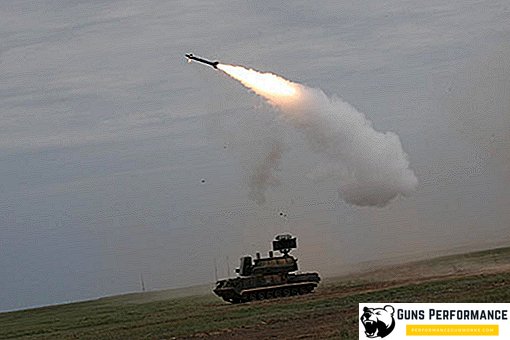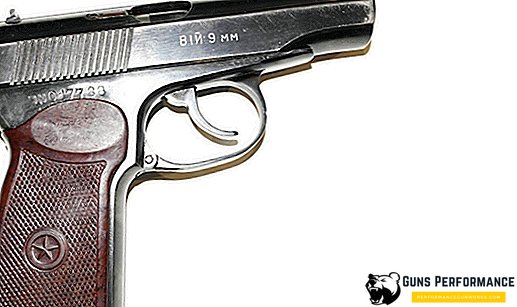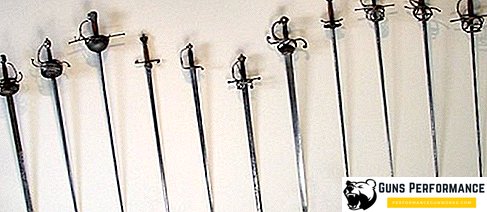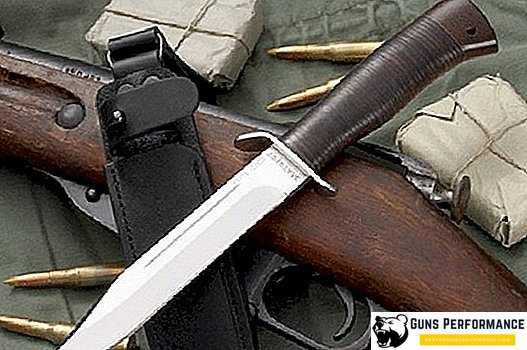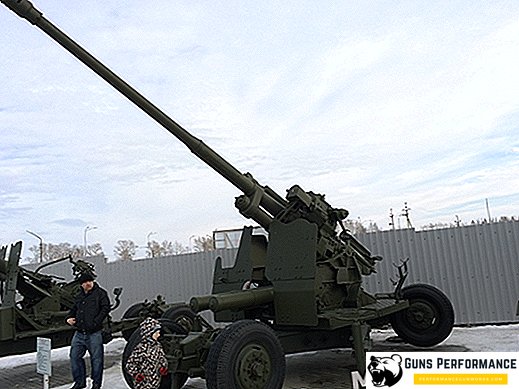
The Soviet 100-mm anti-aircraft gun, the KS-19 model of 1947, is a high-power universal anti-aircraft artillery system. The gun is designed to effectively combat large, high-altitude aerial targets. Due to the versatility of the design, the weapon can be used as an effective anti-tank weapon.
Tool development, adoption and serial production
The need for powerful artillery anti-aircraft guns, capable of fighting heavy bombers flying at high altitudes, arose immediately after the end of World War II. The presence of 85-mm cannons as part of the country's air defense system could not ensure reliable protection of army units and military and civilian infrastructure against aviation attacks of a potential enemy.
The answer to the threats from Western countries was the creation in the USSR of a new powerful anti-aircraft artillery system, the KS-19, capable of putting the dominance of enemy bombers into question. The main developer of the new gun was KB under the leadership of D.V. Lyuleva. It was this team that in 1947 managed to create a completely new weapon. The very next year, the 100-mm anti-aircraft gun, the KS-19 model of 1947, was put into service.

The gun was made at the plant number 235. In the period from 1948 to 1956, Soviet industry gave the Armed Forces more than 10 thousand guns of this system.
The main tactical and technical characteristics of the 100-mm gun KS-19
- Calculation - 7 people.
- Combat weight - 9.35 tons.
- Unitary loading.
- The initial velocity of the fragmentation projectile is 900 m / s.
- Rate of fire: 14-15 shots / min.
- The affected area: in height - 15.4 km, in range - 21 km.
- The angle of vertical guidance: from -3 to +85 degrees, the angle of horizontal guidance - 360 degrees.
- The main types of ammunition: anti-aircraft fragmentation grenades.
- The weight of the fragmentation projectile is 21.1 kg.
- Transfer time from traveling to combat: 7 min.
- Mode of transportation: transported by tractors.
The Soviet 100mm KS-19 anti-aircraft gun was used in various armed conflicts of the second half of the 20th century. The gun has long been in service with the country's anti-aircraft defense, guarding important strategic military facilities. A number of KS-19 cannons were delivered abroad. In particular, Soviet anti-aircraft guns were delivered to Cuba and Vietnam as part of Soviet military-technical assistance.
A photo




